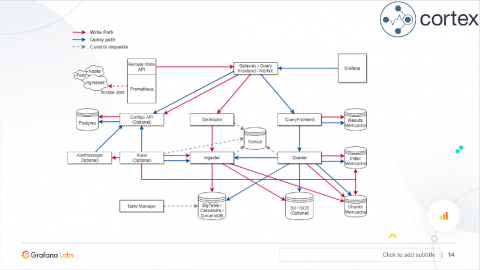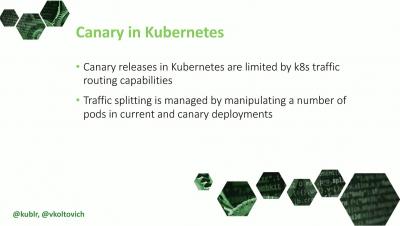Operations | Monitoring | ITSM | DevOps | Cloud
Microservices
Monolith to Microservices: Is Your Organization Ready?
Transitioning from a Monolith to a Microservices architecture can take years to complete. The internet is full of stories of companies famously making this transformation. But how do you know if it’s right for your organization? Is your organization ready? In this article, we will look at five questions you can ask to see if you’ll benefit from a Microservices architecture. We’ll also discuss five challenges you will face during this transformation.
What Is a Service Mesh, and Why Do You Need One?
“Service mesh” is an umbrella term for products that seek to solve the problems that microservices’ architectures create. These challenges include security, network traffic control, and application telemetry. The resolution of these challenges can be achieved by decoupling your application at layer five of the network stack, which is one definition of what service meshes do.
[KubeCon Recap] Cloud Native Architecture: Monoliths or Microservices?
Microservices have been gaining popularity since they were introduced in 2015. But they come with challenges for both developers and users because of the intricate configuration and deployment which often leave developers longing for the simplicity of monolithic applications.
6 Key Benefits of Microservices Architecture
One challenge for developers beginning a new project is choosing between monolithic and microservice architecture. According to Camunda research, 63% of enterprise level companies have taken steps to apply microservice architecture. Let’s take a closer look at the benefits and implementation of microservice architecture and why enterprise level companies, like Amazon, Netflix, and Uber, are choosing this architecture over traditional monolithic architecture?
From Zero to DevOps Superhero: The Container Edition - Jessica Deen, Microsoft
The Major Paradigm Shift That's Changing the IT Landscape
In today's competitive landscape, the application is the business. But how can companies flourish in the 4th major paradigm shift—the move to cloud and microservices?
CI/CD for Microservices Best Practices on DevOps.com
Canary Release on Kubernetes with Spinnaker, Istio, and Prometheus
Serverless Microservice Patterns Used In AWS
With serverless computing, our daily tasks and routines are much more comfortable than they used to be before. Serverless allows us to put our focus on the code itself without the need to worry about the configuration of the underlying compute resources or maintenance. Numerous cloud providers (AWS included) gives us a variety of previously managed services which we can combine and create a massively scalable and incredibly robust serverless microservices.











